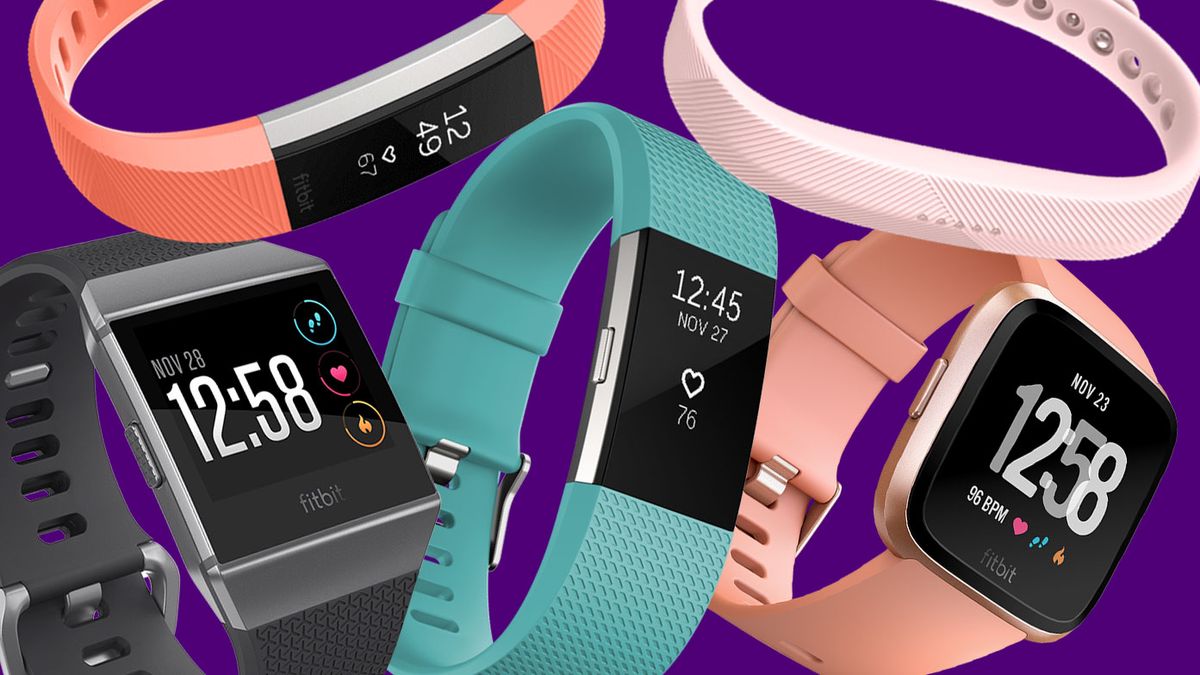


The updates should bode well for their active user community that has grown 37 percent. They’ve also procured data-inspired partnerships to integrate the brand with such brands as VirZOOM, Habit and Peloton. The wearables market has evolved from the first wave of fitness trackers from the last decade, and Fitbit is remaining nimble by enhancing their social experience with the redesigned Fitstar Personal Trainer app to connect users and deliver tailored guidance that can help drive behavioral changes. However, rivals are regularly emerging in both spaces, with Fitbit soon joining the swath of smarthwatch sellers, too.įitbit, whose 2016 Q4 revenue were down 19 percent year-over-year, are trying to scale their globally connected health and fitness business by restructuring their accessories strategy and forcing its way amongst a gaggle of gadgets by banking on the social elements and community around an active lifestyle. With sustained success for the wearables industry relying heavily on continued user engagement and true value for the products they’re purchasing-almost always at a steep price-stepping away from the early adopters and into mass consumer adoption remains a piece to the puzzle that has not been discovered yet.Īround-the-clock attention to personal health and fitness by way of fitness trackers were once all the rage, but they’ve lost some steam in recent years due to the proliferation of the smartwatch. With consumers largely viewing their wearable devices as an extension of their smartphones, brands are increasingly looking to leverage their line of products to suffice the sometimes insatiable appetite for all things “smart.” There’s no escaping it-we’re all living connected in a wearable world.


 0 kommentar(er)
0 kommentar(er)
